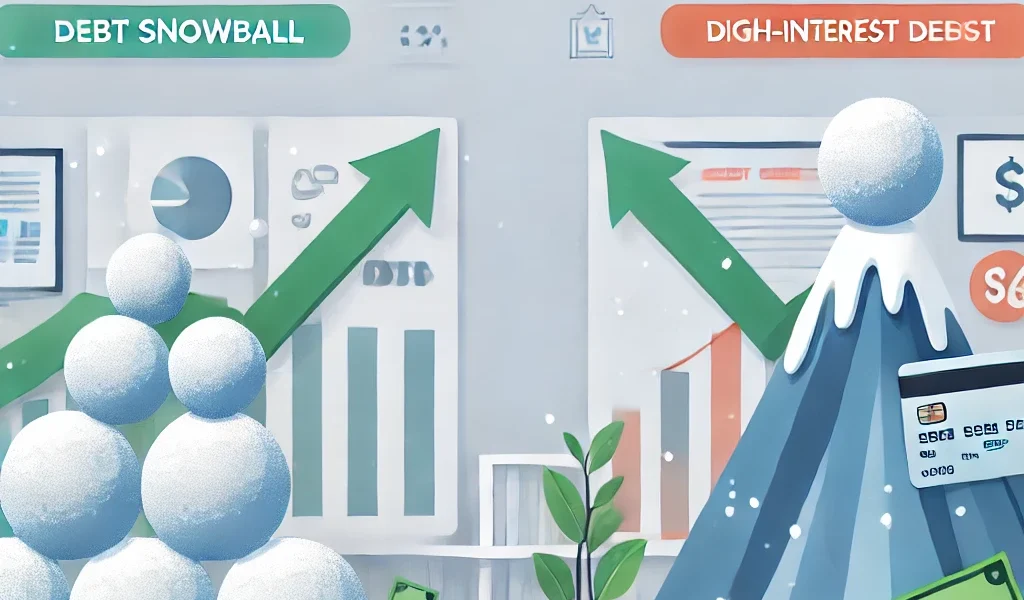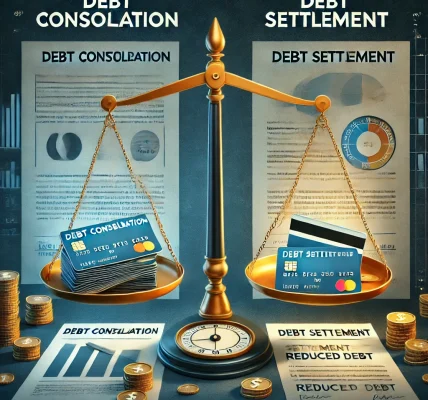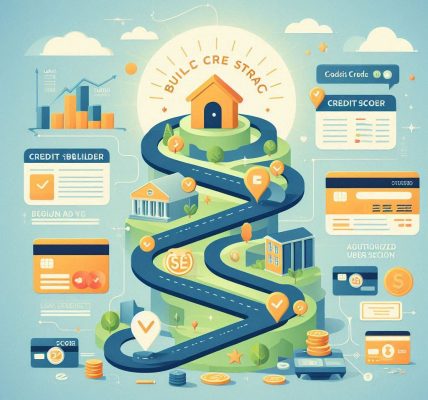Introduction
Debt can feel overwhelming, but with the right strategy, you can take control of your finances. Two of the most effective methods to pay off debt are the Debt Snowball and Debt Avalanche methods. Each has its own advantages, and choosing the right one depends on your financial goals and personal preferences.
In this guide, we will break down both methods, compare their pros and cons, and help you decide which is best for you.
Understanding the Debt Snowball Method
The Debt Snowball Method, popularized by financial expert Dave Ramsey, focuses on paying off debts from smallest to largest while making minimum payments on all other debts.
How It Works:
- List all your debts from smallest to largest (excluding mortgage debt).
- Make minimum payments on all debts except the smallest one.
- Put any extra money toward paying off the smallest debt first.
- Once the smallest debt is paid off, move to the next smallest debt, applying the amount you were paying on the previous debt.
- Repeat the process until all debts are paid off.
Example:
| Debt Type | Balance | Minimum Payment |
|---|---|---|
| Credit Card A | $500 | $25 |
| Car Loan | $5,000 | $150 |
| Student Loan | $10,000 | $200 |
If you have an extra $100 per month to put toward your debt, you start by paying off Credit Card A first, then move on to the Car Loan, and finally tackle the Student Loan.
Pros of the Debt Snowball Method:
✅ Quick wins boost motivation – Paying off smaller debts quickly provides a psychological sense of achievement.
✅ Simple and easy to follow – You don’t need to calculate interest rates; just focus on balances.
✅ Helps build momentum – The more debts you eliminate, the more cash flow you free up to attack larger debts.
Cons of the Debt Snowball Method:
❌ May cost more in interest – Since you’re not prioritizing interest rates, you could end up paying more over time.
❌ Not the fastest method – If your largest debt has the highest interest rate, it may take longer to pay everything off.
Understanding the Debt Avalanche Method
The Debt Avalanche Method focuses on paying off debts with the highest interest rate first, regardless of the balance size.
How It Works:
- List all your debts from highest interest rate to lowest.
- Make minimum payments on all debts except the one with the highest interest rate.
- Put any extra money toward the debt with the highest interest rate first.
- Once the highest interest debt is paid off, move to the next highest interest debt.
- Continue until all debts are cleared.
Example:
| Debt Type | Balance | Interest Rate | Minimum Payment |
| Credit Card A | $5,000 | 22% | $150 |
| Car Loan | $10,000 | 6% | $200 |
| Student Loan | $15,000 | 4% | $250 |
If you have an extra $100 per month, you focus on Credit Card A first because it has the highest interest rate, even though the balance is not the smallest.
Pros of the Debt Avalanche Method:
✅ Saves the most money – Since you’re eliminating high-interest debt first, you pay less interest over time.
✅ Faster debt repayment overall – The total debt will be paid off more quickly because less money goes toward interest.
✅ Ideal for financially disciplined individuals – If you’re comfortable staying the course without quick wins, this method is more effective.
Cons of the Debt Avalanche Method:
❌ Takes longer to see results – If your highest interest debt is also large, it may take months before you fully pay off your first account.
❌ Can feel discouraging – Since early wins take longer, some people lose motivation.
Debt Snowball vs. Debt Avalanche: A Side-by-Side Comparison
| Feature | Debt Snowball | Debt Avalanche |
| Focus | Smallest debt first | Highest interest rate first |
| Motivation | Psychological wins | Long-term savings |
| Speed | Faster small wins | Faster overall payoff |
| Cost | More in interest | Less in interest |
| Complexity | Simple | More calculation required |
Which Method Is Right for You?
- Choose Debt Snowball if you need quick wins to stay motivated and prefer a simple approach.
- Choose Debt Avalanche if you want to save the most money and are comfortable sticking to a longer-term strategy.
- Hybrid Approach: Some people start with Debt Snowball for motivation, then switch to Debt Avalanche after gaining momentum.
Additional Strategies to Become Debt-Free Faster
Regardless of which method you choose, these tips will help you pay off debt even faster:
💡 1. Cut Unnecessary Expenses – Identify areas in your budget where you can save and put that money toward debt.
💡 2. Increase Your Income – Consider taking a side job, freelancing, or selling unused items.
💡 3. Automate Payments – Set up automatic payments to ensure consistency.
💡 4. Negotiate Interest Rates – Call your creditors and ask for a lower interest rate.
💡 5. Avoid New Debt – Resist the temptation to take on new loans or credit card debt.
Final Thoughts
Both the Debt Snowball and Debt Avalanche methods are effective in eliminating debt—it just depends on which strategy works best for you.
📢 Action Steps: ✅ List your debts and their interest rates. ✅ Choose the method that fits your financial personality. ✅ Commit to the plan and stay consistent. ✅ Celebrate milestones along the way!




